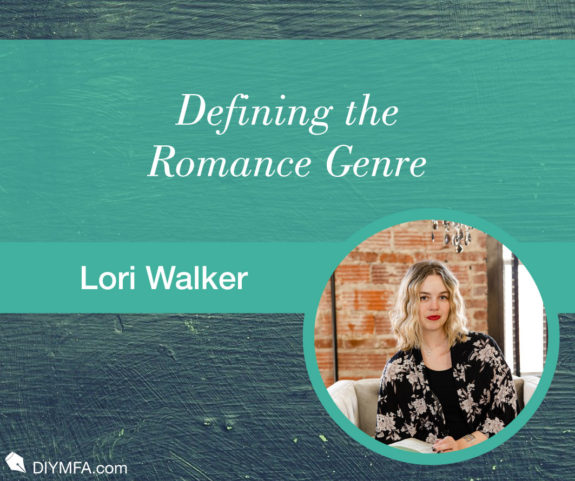I’m a huge fan of breaking things apart and taking them back to the basics because the basics provide the building blocks that allow you to go forward. Learn and master the basics and you can start to riff, creating your own spin and style. This goal of achieving creative freedom is why I want to take it back to the basics and define the romance genre.
The romance genre has positively exploded in the past few decades, particularly with the rise of ereaders and the ability to self-publish. Why? I think it’s because romance is something that almost all of us can relate to on some level. We like a book that keeps us in suspense, but also makes us feel good.
The romance genre is comforting because there are certain things we can expect, even as individual authors strive to deliver those things in unexpected and fresh ways.
So, what are those things we can expect from the romance genre? Well, I’m glad you asked.
1. A focus on a romantic relationship.
This seems a bit like a duh, but it seems worth mentioning. You have to have a romantic relationship or the possibility of one in order to have a romance novel. This is because the romance novel is going to be all about how a pair of individuals gets together or how the established couple whose feelings have faded winds up rekindling that spark and staying together.
Other stuff can be mixed in, like work because that’s part of daily life. But you’re not going to have a romance that’s mostly following a defense lawyer through a murder trial. You could have two opposing lawyers fall in love, but then the story would be more about that than the courtroom proceedings.
Also, a romance might focus on one couple (like Beach Read by Emily Henry) or multiple couples (like Pride and Prejudice by Jane Austen). Though, there’s typically one main couple, whose fate you’re supposed to be agonizing over, that is the focus of the novel.
2. A conflict standing in the way.
Every novel has to have conflict and novels in the romance genre are no different. And there’s typically multiple points of conflict along the way. Many romance novels clock in around 350-400 pages, so it can’t just be smooth sailing.
Without getting too far ahead and ruining a future post, commonly the starting point of the two romantic interests is rife with conflict. They know each other and they hate each other (a la The Unhoneymooners by Christina Lauren) or they’ve tried being romantic in the past and it didn’t go well (like in People We Meet on Vacation by Emily Henry).
Even if they’ve never met and it’s totally love at first sight, there has to be some kind of conflict that makes it not so easy to get together (they don’t realize that he dated her college roommate and it ended badly) or stay together (she finds out he started dating her on a dare).
3. A strong female lead.
Contemporary romance novels are frequently told in the first person and nobody really wants to read the musings of a meek narrator because they typically don’t do anything. Rather, we get strong females who take charge of their lives and their sexuality or their romantic situation. These females are the leading ladies of their own lives.
And even if we do start with a kind of mousy character, she’s going to come out of her shell. She is going to have agency. She is going to make decisions and take action. She’s not going to just sit by and let things happen to her.
This is important because literature hasn’t traditionally featured very strong female leads. They are either not present at all or are secondary characters who move around the male lead. I want to celebrate the strong feminist vibe that we get from the romance genre.
I want to pause here to acknowledge that while most romance novels feature a heterosexual couple, there is a growing market for LGBTQ+ romances that don’t feature a female lead at all. I will be discussing that in a later post about subgenres.
4. A happy ending.
You know the couple is going to wind up together otherwise it wouldn’t be shelved within the romance genre. These endings come in two different flavors: happily ever after and happy for now.
The happily ever after ending is your typical fairytale romance ending. They ride off into the sunset, get married, and usually have a family. However, as women have availed themselves of more options than just marriage and children, we have the happy for now ending. The happy for now ending implies that the couple has that happily ever after without actually walking them down the aisle. It implies hope.
And that’s really what the romance genre comes down to because that’s what falling in love is about: hope and optimism. Nobody falls in love thinking about the end (either a breakup or death). No, they fall in love thinking about the possibility of being happy.
Tell us in the comments: What’s your favorite romance novel?

Lori Walker is the Operations Maven at DIY MFA. Though she’s fallen off the wagon as a writer, she’s hoping to return to writing essays (perhaps even a novel!) through her involvement with DIY MFA. She is also Launch Manager, Web Editor, and Podcast Producer for DIY MFA and a Book Coach. She resides in Smalltown, Oklahoma, with her husband and their cat, Joan Didion. You can follow her on Instagram at @LoriTheWriter.







